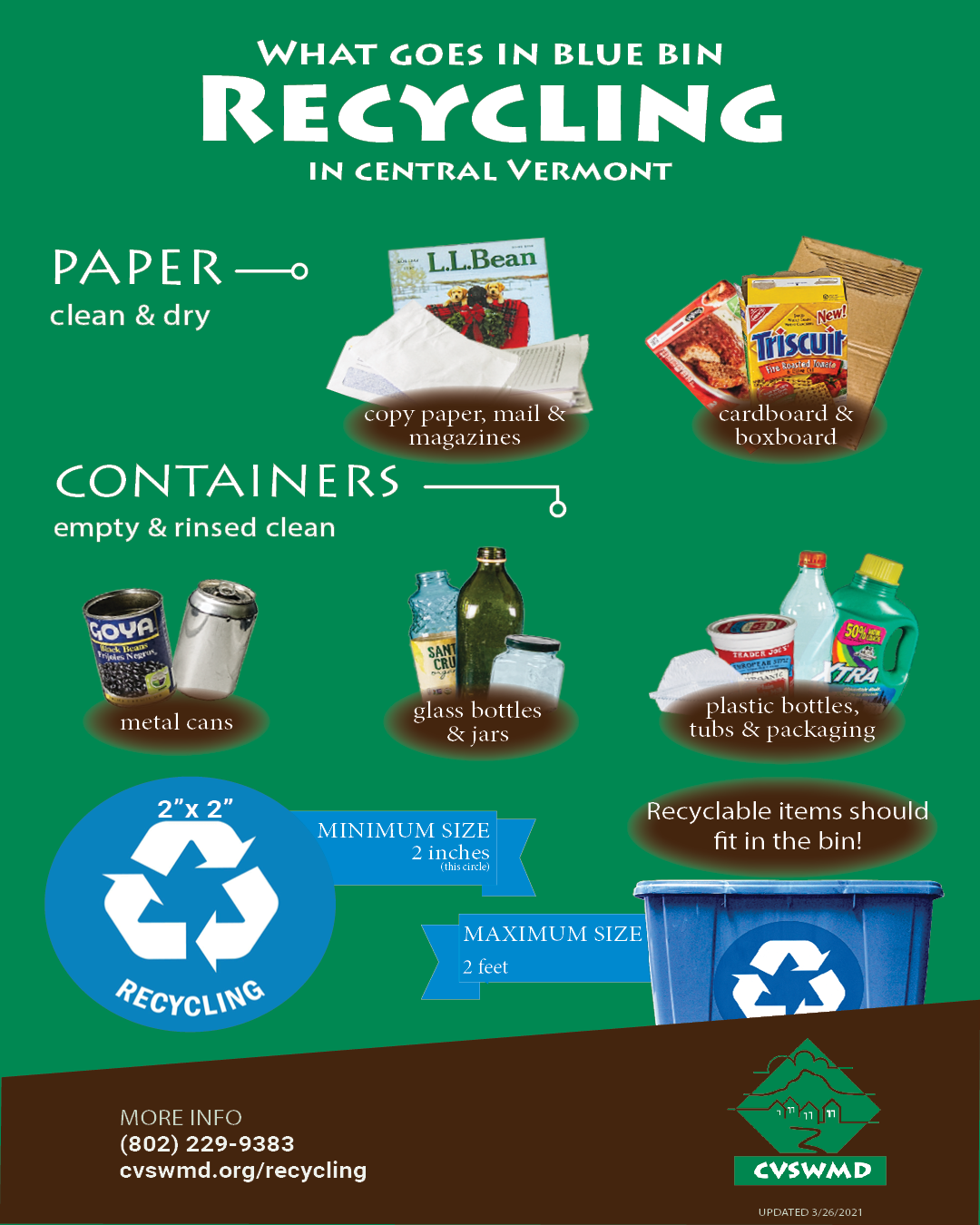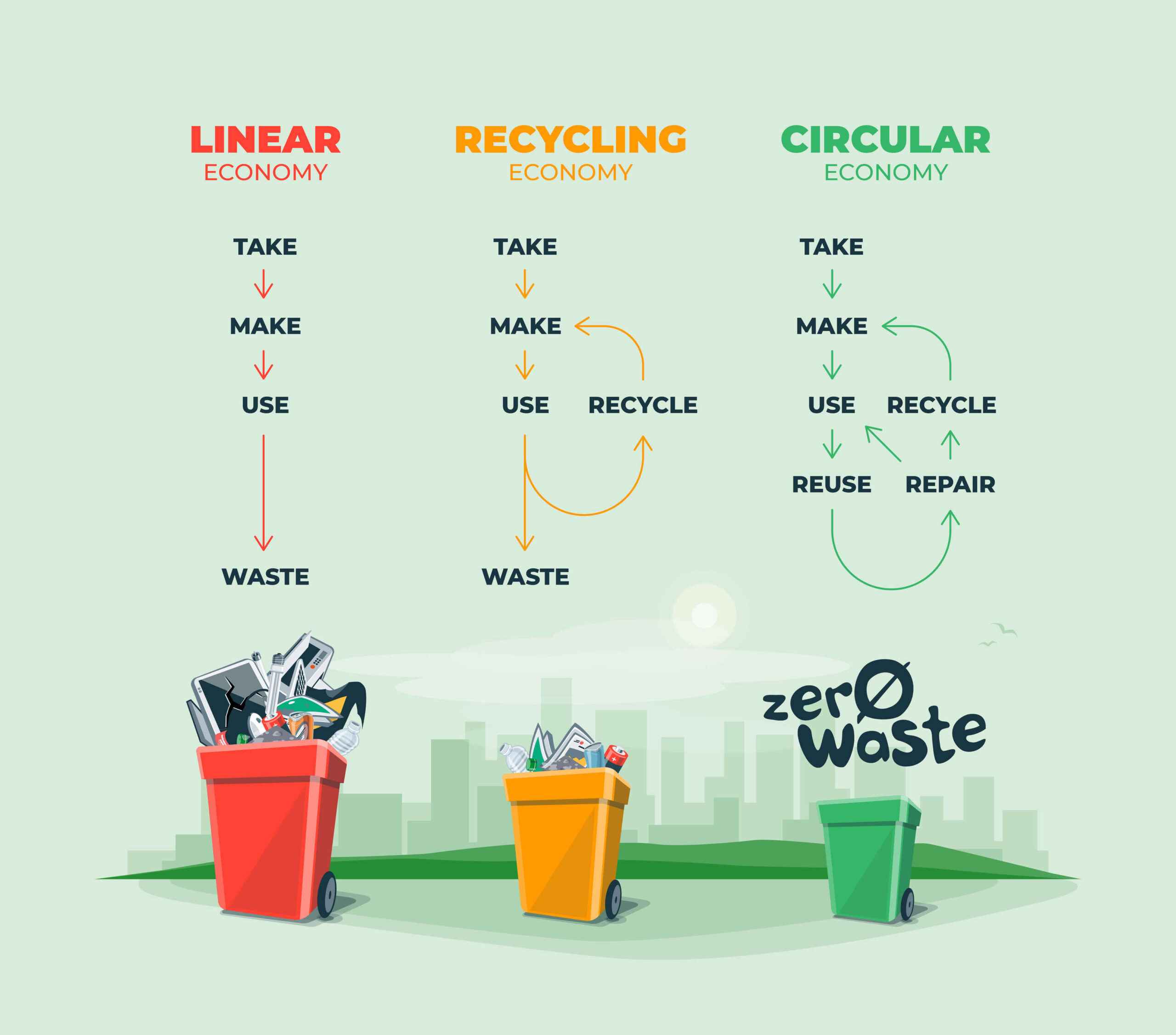The Effect of Recycling Lives Services on Communities and the Atmosphere
The Effect of Recycling Lives Services on Communities and the Atmosphere
Blog Article
Exploring Various Types of Waste in Modern Waste Management Systems
The contemporary landscape of waste management entails browsing a complicated range of waste kinds, each requiring specialized handling and disposal approaches to reduce ecological influences. Metropolitan strong waste, harmful waste, digital waste, and natural waste each present distinct obstacles and opportunities for source recuperation.
Community Strong Waste
Metropolitan strong waste, usually described as home trash or waste, incorporates a variety of thrown out materials created by property, industrial, and institutional resources within a town. This waste stream typically includes products such as packaging, food scraps, yard trimmings, paper, plastics, fabrics, and thrown out family items. The administration of community solid waste is a vital part of urban planning and public health, necessitating efficient collection, transport, and disposal systems.
Effective waste administration systems are designed to lessen environmental impact while optimizing resource recovery. Composting natural waste, such as food scraps and lawn trimmings, not only minimizes landfill usage but also generates important soil amendments.
Communities should additionally address the logistical and financial difficulties linked with waste management. Implementing pay-as-you-throw systems, improving public awareness, and spending in modern technology can considerably enhance waste diversion prices. By incorporating these methods, municipalities can cultivate lasting neighborhoods, minimize greenhouse gas discharges, and conserve all-natural sources.
Hazardous Waste
Reliable dangerous waste monitoring entails a number of crucial steps: recognition, partition, therapy, and disposal. Segregation makes certain that harmful products are saved separately from non-hazardous waste to protect against cross-contamination.
Regulative frameworks, such as the Resource Preservation and Recovery Act (RCRA) in the United States, give guidelines and requirements for contaminated materials management. Adherence to these laws, combined with innovations in waste therapy innovations, is vital in reducing the dangers connected with harmful waste.
Digital Waste
Electronic waste, typically referred to as e-waste, represents a rapidly growing challenge in waste administration systems worldwide. This type of waste incorporates disposed of digital devices and equipment such as mobile phones, computers, televisions, and other digital appliances. The rapid speed of technological innovation, paired with reducing product life-spans and consumer need for the most up to date tools, has greatly increased the quantity of e-waste created each year.
E-waste is particularly bothersome due to its complicated structure, often containing hazardous materials like lead, mercury, and cadmium, which pose substantial environmental and health and wellness dangers otherwise correctly taken care of. Alternatively, e-waste also has beneficial materials such as gold, silver, and copper, which can be recouped and recycled. The twin nature of e-waste-- both hazardous and valuable-- necessitates specialized handling, recycling, and disposal processes.
Reliable e-waste administration entails rigorous governing frameworks, durable collection systems, and advanced reusing innovations. Public understanding and engagement are vital, as inappropriate disposal practices, such as unlawful dumping and casual recycling, intensify environmental contamination and wellness hazards. Subsequently, improving e-waste monitoring methods is vital for alleviating environmental impact and recouping beneficial sources in a progressively digital world.

Organic Waste
Organic waste, consisting of kitchen area scraps, yard trimmings, and farming deposits, stands for a considerable section of the international waste stream. This kind of waste is biodegradable, indicating it can be broken down by bacteria right into less complex organic substances. In spite of its possibility for natural decay, inappropriate administration of natural waste can lead to adverse ecological influences, including the discharge of greenhouse gases such as methane, which add to climate modification.
Efficient monitoring of organic waste is essential for minimizing these environmental influences (recycling lives services). Composting is a commonly taken on approach, transforming organic waste into nutrient-rich garden compost that can boost soil health and farming performance. Furthermore, anaerobic digestion is an arising innovation that transforms natural waste right into biogas, a renewable resource source, and digestate, which can be made use of as fertilizer
Municipalities and waste administration entities need to implement robust natural waste collection and therapy programs to make the most of the benefits of these processes. Public education and learning campaigns can additionally play a pivotal role in encouraging families and organizations to separate organic waste from other types of waste. By prioritizing the administration of organic waste, societies can decrease landfill use, reduced greenhouse gas discharges, and produce useful byproducts for agricultural use.

Ingenious Waste Management
In the world of waste management, ingenious approaches are changing just how societies handle their refuse, aiming for sustainability and performance. One popular technology is the application of smart waste containers furnished with sensing units that keep track of fill degrees and maximize collection courses.
Another remarkable growth is the adoption of waste-to-energy go to my blog (WtE) modern technologies. By transforming non-recyclable waste into functional energy with processes such as incineration and anaerobic digestion, WtE decreases garbage dump burden and gives an eco-friendly power source. In addition, advancements in chemical recycling enable for the failure of intricate plastics into their initial monomers, making it possible for the development of new, top notch plastic products.
Furthermore, the circular economy design is gaining grip, stressing the layout of products and systems that focus on reusability and source performance. This holistic approach encourages markets to minimize waste generation from the beginning. Through these ingenious techniques, contemporary waste monitoring systems are not just resolving the immediate difficulties of waste disposal however additionally leading the way for a more lasting future.
Final Thought
A thorough understanding of community strong waste, unsafe waste, digital waste, and organic waste, paired with the execution of ingenious waste administration services, is critical for alleviating environmental influences. Incorporating innovations such as clever waste containers and waste-to-energy systems can improve effectiveness and sustainability. Efficient waste management techniques not just foster resource healing but likewise promote public understanding and participation, inevitably adding to the development of a circular economic situation.
The contemporary landscape of waste monitoring entails browsing an intricate variety of waste types, each calling for specialized handling and disposal techniques to alleviate ecological influences. Local solid waste, unsafe waste, electronic waste, and natural waste each present distinct difficulties and possibilities for source recovery.Digital waste, generally referred to as e-waste, stands for a rapidly expanding obstacle in waste administration systems globally. Via these innovative techniques, contemporary waste administration systems are not only resolving the instant have a peek here obstacles of waste disposal yet also his response leading the means for a much more lasting future.
A thorough understanding of municipal solid waste, hazardous waste, electronic waste, and organic waste, coupled with the application of innovative waste management remedies, is vital for alleviating ecological impacts. (recycling lives services)
Report this page